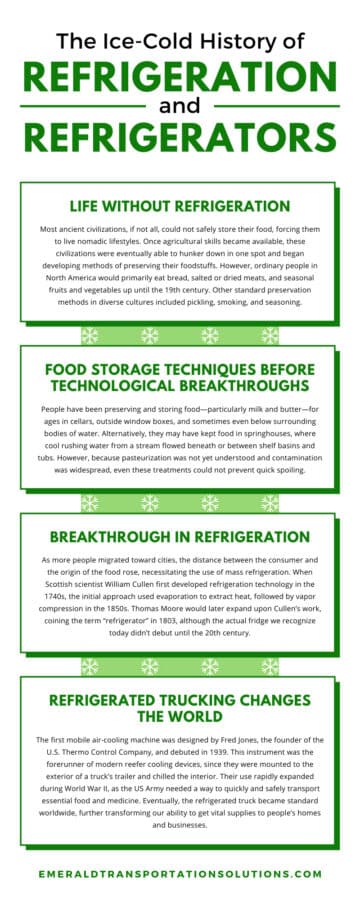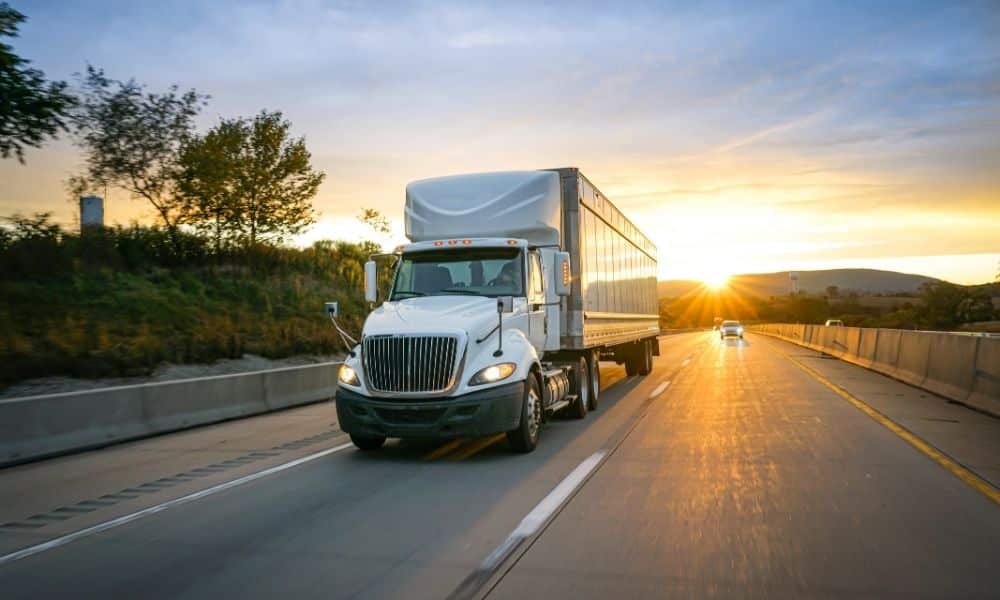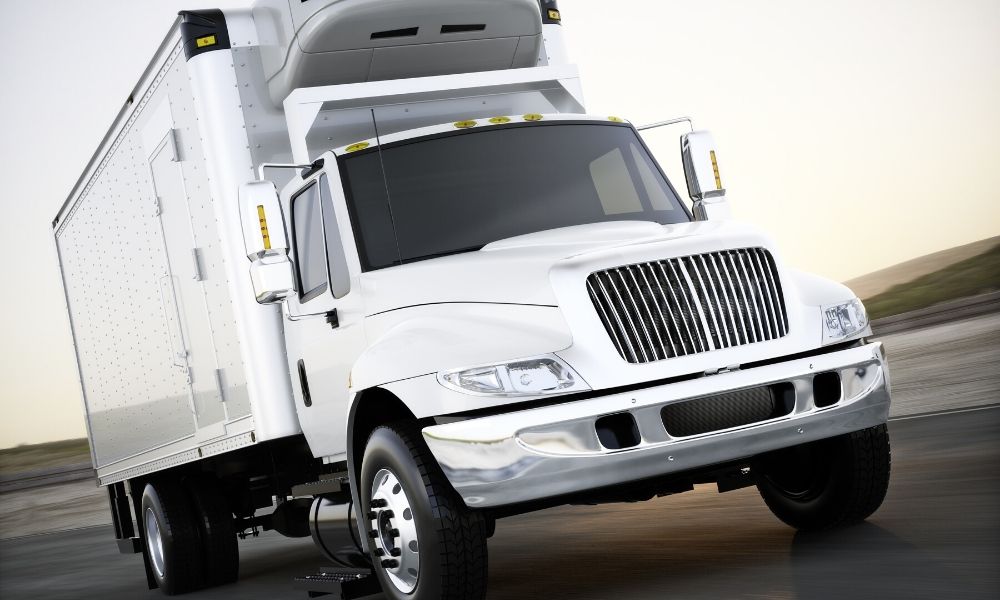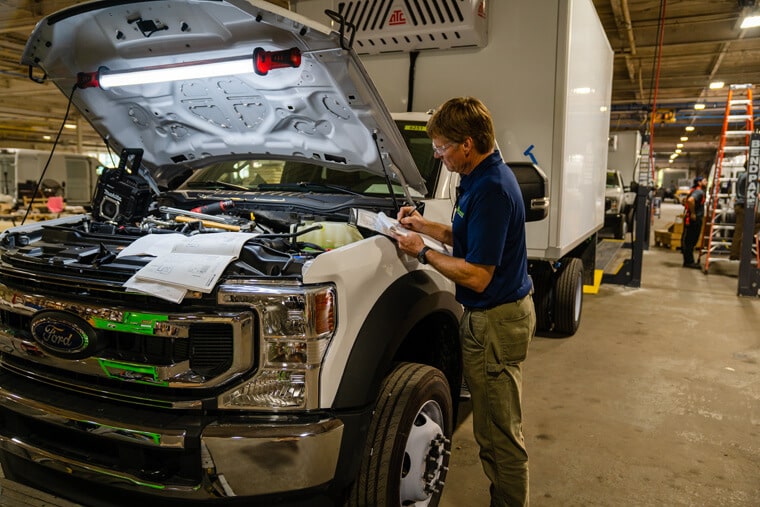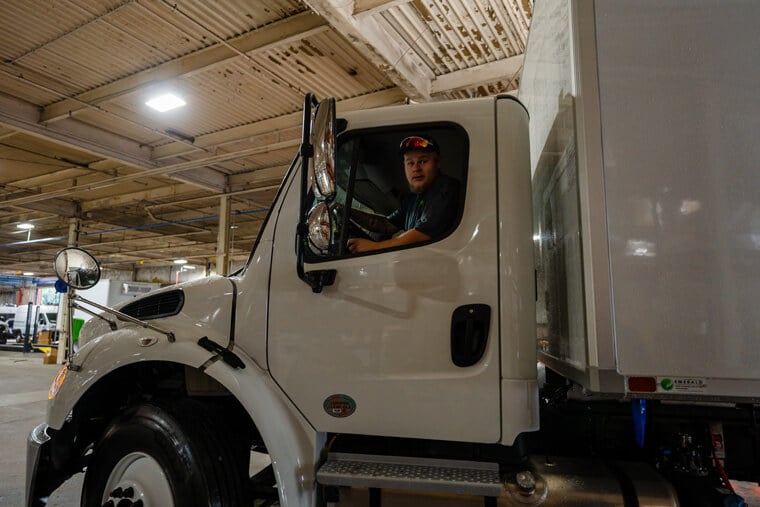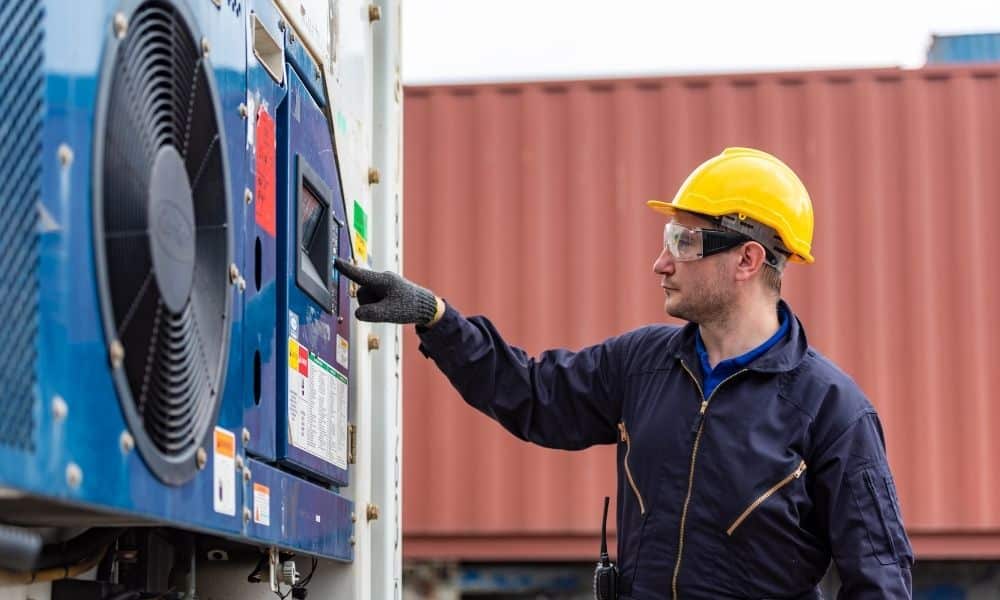
The Ice-Cold History of Refrigeration and Refrigerators
Joe Dickman | December 21st, 2021
Refrigeration has been one of humankind’s most significant scientific breakthroughs. Having the ability to preserve our food for long periods has completely transformed how we live. And understanding how far we’ve come in the world of refrigeration can help us appreciate just how unique this technology is. That’s why we’ve created this short guide on the ice-cold history of refrigeration and refrigerators.
Life Without Refrigeration
Most ancient civilizations, if not all, could not safely store their food, forcing them to live nomadic lifestyles. Once agricultural skills became available, these civilizations were eventually able to hunker down in one spot and began developing methods of preserving their foodstuffs. However, ordinary people in North America would primarily eat bread, salted or dried meats, and seasonal fruits and vegetables up until the 19th century. Other standard preservation methods in diverse cultures included pickling, smoking, and seasoning.
Food Storage Techniques Before Technological Breakthroughs
People have been preserving and storing food—particularly milk and butter—for ages in cellars, outside window boxes, and sometimes even below surrounding bodies of water. Alternatively, they may have kept food in springhouses, where cool rushing water from a stream flowed beneath or between shelf basins and tubs. However, because pasteurization was not yet understood and contamination was widespread, even these treatments could not prevent quick spoiling.
Burial
One innovative approach to storing food was to bury it. Burial protected food from sunshine, temperature fluctuations, and oxygen, which can hasten foodstuff deterioration. Using bogs was a popular method of doing so in Northern Europe. A bog is a freshwater wetland with mushy, spongy ground made mostly of partially decomposed plant debris known as peat. Perishable foods greatly benefited from this chilly, low-oxygen, extremely acidic atmosphere. People would store foods—especially dairy products such as butter—inside the bog, which offered the added benefit of allowing the food to take on the flavors of the surrounding environment.
Fermentation
Thousands of years ago, people discovered how to ferment grain into beer, and it became one of the essential sources of sustenance for civilizations. It’s believed that this technique made society as we know it possible today. Humans could get protein from beer that they couldn’t get from unfermented grains.
Ice and Snow
Civilizations with access to ice and snow would also use these materials whenever possible. People in China stockpiled ice to use throughout the year. The Hebrews, Greeks, and Romans would dump massive amounts of snow into storage pits and then cover it with layers of insulating material. Societies that used snow could even make cold drinks by mixing in snow or the cold water that resulted from melting it. They also buried containers of food and drinks in the snow. Ancient Egyptians, who had little or no snow to speak of, would fill earthen vessels with boiling water and place them on their rooftops, subjecting them to the chilly night air.
By the 1600s, cooling beverages were trendy in Europe’s southern regions, notably in Italy, Spain, and France. At this time, people liked to rotate long-necked jugs in water containing disintegrated saltpeter. They had discovered that this mineral had the properties to produce frigid temperatures and even form ice. In fact, by the end of the 17th century, iced alcoholic beverages and frozen fruit juices were all the rage in French society.
Breakthrough in Refrigeration
As more people migrated toward cities, the distance between the consumer and the origin of the food rose, necessitating the use of mass refrigeration. When Scottish scientist William Cullen first developed refrigeration technology in the 1740s, the initial approach used evaporation to extract heat, followed by vapor compression in the 1850s. Thomas Moore would later expand upon Cullen’s work, coining the term “refrigerator” in 1803, although the actual fridge we recognize today didn’t debut until the 20th century.
Refrigerated Transportation Becomes a Possibility
J.B. Sutherland of Detroit, Michigan, first patented the idea of an insulated train car with ice bunkers on both ends in 1867. Air entered from the top, flowed through the bunkers, and was gravity-fed throughout the car, regulated with hanging flaps that caused temperature variances. In 1878, Andrew Chase developed an improved version of the idea that was successful at both insulation and cooling.
This breakthrough in refrigerated freight led to a revolution in the storage and transportation of meat, out-of-season fruits and vegetables, seafood, and many other types of food. Fresh food delivery became more prevalent, generating healthier diets consisting of meat, vegetables, eggs, butter, milk, cheese, and fish.
Refrigerated Trucking Changes the World
The first mobile air-cooling machine was designed by Fred Jones, the founder of the U.S. Thermo Control Company, and debuted in 1939. This instrument was the forerunner of modern reefer cooling devices, since they were mounted to the exterior of a truck’s trailer and chilled the interior. Their use rapidly expanded during World War II, as the US Army needed a way to quickly and safely transport essential food and medicine. Eventually, the refrigerated truck became standard worldwide, further transforming our ability to get vital supplies to people’s homes and businesses.
How Does a Refrigerator Work?
Refrigeration involves reducing the temperature of a space or object below that of the surrounding environment. A refrigerator cools food by absorbing heat through the evaporation of a liquid. The liquid, or refrigerant, evaporates at an incredibly low temperature, resulting in chilly internal temperatures.
In scientific terms, a refrigerator creates freezing temperatures by compressing a liquid and quickly vaporizing it. The rapidly expanding vapor needs kinetic energy, which it obtains from the immediate environment, consequently losing power and cooling down. Today, the principal refrigeration method involves cooling generated by the fast expansion of gases.
History of Refrigerators
Early refrigerators used toxic gases, including ammonia, methyl chloride, and sulfur dioxide, as refrigerants until the late 1920s. This practice stopped because of several high-profile incidents in the 1920s involving methyl chloride spilling from refrigerators and causing fatal accidents.
As a result, three American firms collaborated to create a far less hazardous refrigeration system, which led to the development of Freon. Compressor refrigerators using Freon became the standard for practically all residential kitchens in just a few years.
We hope our short guide has illuminated the amazing, ice-cold history of refrigeration and refrigerators. Emerald Transportation offers modern-day refrigerated delivery trucks to help you safely and efficiently transport your own products all over America. Feel free to contact us with any questions you may have.
Related Articles
Contact Us
Feel Free To Contact Us If You Have Any Questions
What does under DOT mean?
Questions regarding DOT requirements come up often. 10,000 lbs GVW (gross vehicle weight) and over are commercial vehicles that fall under the Department of Transportation regulatory requirements.
What is the difference between GVW and payload?
GVW or Gross Vehicle Weight is the entire weight of the vehicle including the payload. The payload weight represents the amount of cargo you are hauling.
What is a self-powered unit and a vehicle-powered unit?
A self-powered unit has its own fuel source and will run independent of the truck. This is the heaviest and most expensive option. While vehicle-powered units run off the engine via a compressor mounted on the engine. These are less expensive and lighter in weight but you must run the truck or plug the electric standby into shore power.
What does K-factor mean and why is that important?
K-factor is a term that stands for the overall insulating value of the container (truck body). Quite simply the lower the K-factor the better the truck body will be able to maintain a given temperature and require less energy to do so.
How much lighter is a Poly Van vs a US spec body?
Poly Van bodies are very light. On average we estimate we are 75-150 lbs per foot lighter than a traditional sheet and post foamed in place body. These weight savings translates to less fuel burn and less CO2 emissions, along with added payload, the most important benefit.
